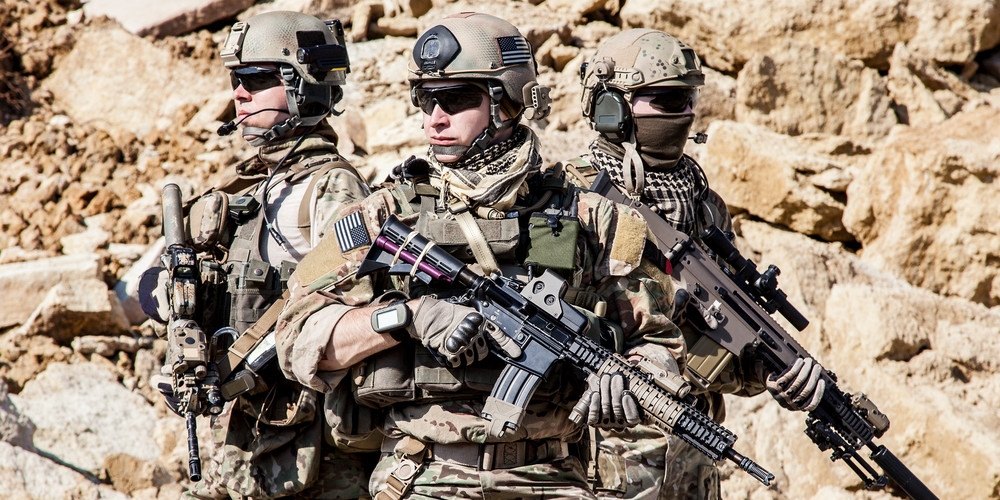A plate carrier vest is a type of body armor that is designed to protect the wearer from ballistic and fragmentation injuries. These vests are often worn by law enforcement officers, military personnel, and civilians who want to be prepared for any kind of emergency. When choosing a plate carrier vest, there are several factors you need to consider. In this blog post, we will discuss the different types of plate carriers available and what you should look for when buying one.
Different types of plate carriers:
When choosing a plate carrier, you need to first decide what type of carrier you need. There are three main types of carriers:
Soft body armor:
Soft body armor is made from ballistic-resistant materials that can stop small caliber bullets. This type of armor is often worn by law enforcement officers and military personnel.
Hard body armor:
Hard body armor is made from rigid materials that can stop larger caliber bullets. This type of armor is often worn by military personnel and security guards.
Plate carriers:
Plate carriers are made from rigid or semi-rigid materials that canStop both small and large caliber bullets. Plate carriers are often used by law enforcement officers, military personnel, and civilians who want to be prepared for any kind of emergency.
What to look for when buying a plate carrier vest:
When choosing a plate carrier vest, you need to consider the following factors:
Size:
The first factor you need to consider when choosing a plate carrier vest is size. You need to make sure that the vest fits snugly and does not rub or chafe against your skin. The best way to determine the right size vest is to try it on and make sure you can move freely in it.
Type of carrier:
The second factor you need to consider when choosing a plate carrier vest is the type of carrier. As we mentioned before, there are three main types of carriers: soft body armor, hard body armor, and plate carriers. Each type of carrier has its own advantages and disadvantages.
Material:
The third factor you need to consider when choosing a plate carrier vest is the material. Plate carrier vests are usually made from ballistic-resistant materials such as Kevlar or Dyneema.
Thickness:
The fourth factor you need to consider when choosing a plate carrier vest is thickness. The thicker the material, the more protection it will provide.
Color:
The fifth factor you need to consider when choosing a plate carrier vest is color. You want to choose a vest that will not stand out too much and attract attention to you.
The level of protection you need:
The sixth factor you need to consider when choosing a plate carrier vest is the level of protection you need. Plate carrier vests are available in different levels of protection, from level I (which offers the least amount of protection) to level III (which offers the most).
The weight of the vest:
The seventh factor you need to consider when choosing a plate carrier vest is the weight of the vest. You want to choose a vest that is not too heavy so that you can wear it for long periods of time without feeling uncomfortable.
Conclusion:
When choosing a plate carrier vest, you need to consider the different types of carriers available and what factors are important to you. Make sure you try on the vest before you buy it to ensure a good fit. Choose a vest that is made from ballistic-resistant materials and is the right size for you. Consider the level of protection you need and the weight of the vest before making your final decision.
Now that you know what to look for when buying a plate carrier vest, check out our selection of vest! Powtegic laser cut molle vest is perfect for any outdoor activity.
We hope this blog post was helpful in your search for the perfect plate carrier vest! Thank you for reading!


